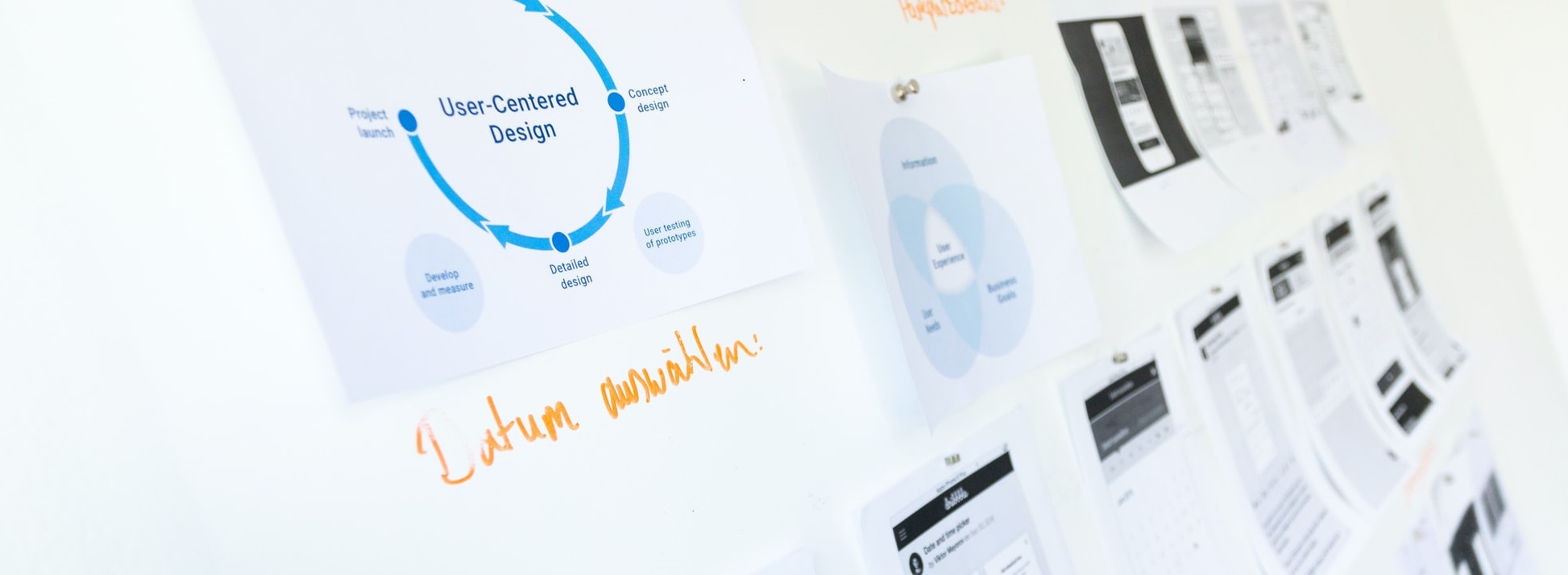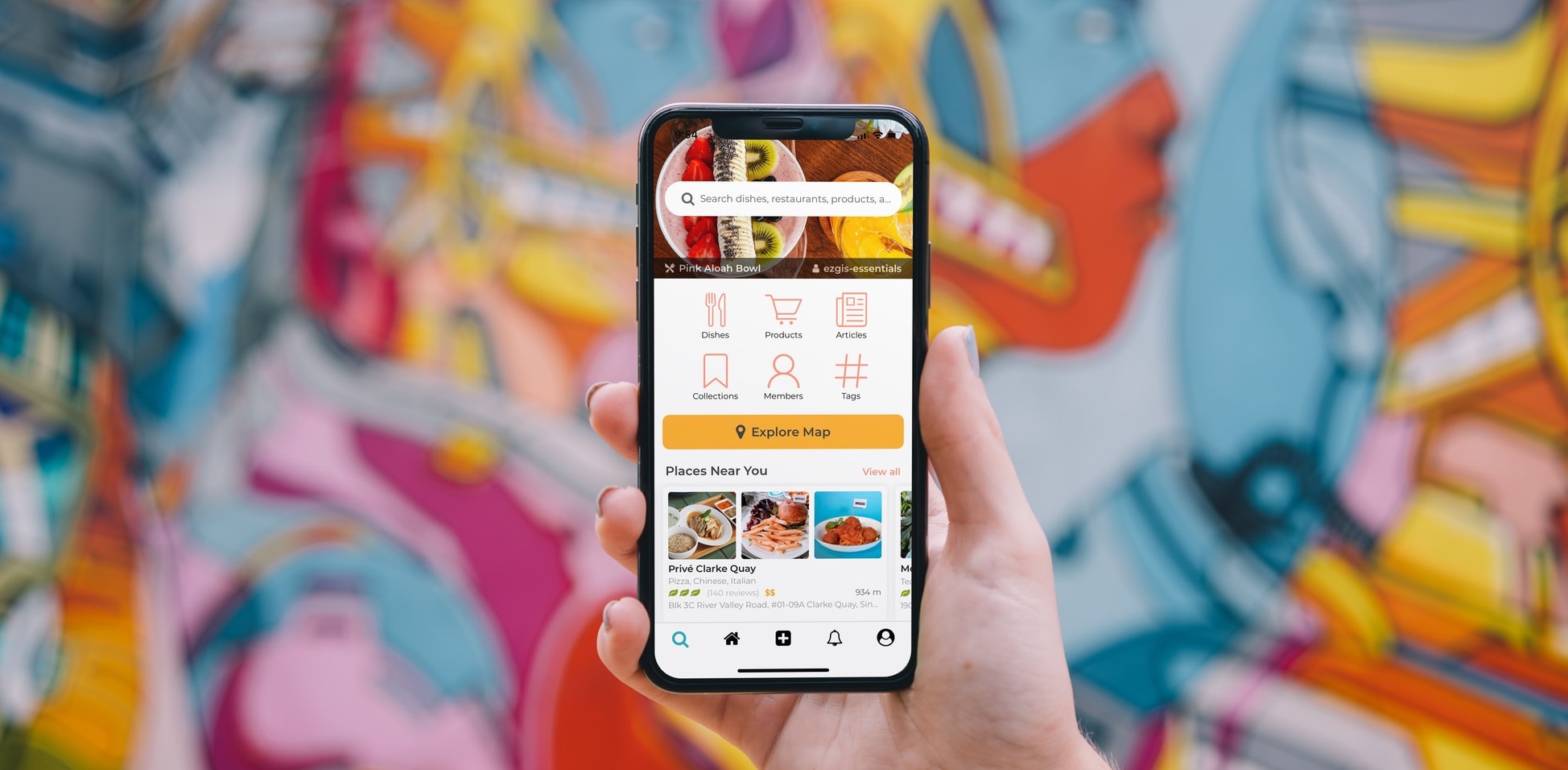
BY PHILL WOODWARD, CEO, STEER73
Technology adoption in the hospitality industry
Summary
The hospitality industry has been one of the slowest to ‘digitally transform’. As an industry that at its core must deliver a service physically, digital has often been seen as a requirement, or even burden, rather than as an enabler for a better customer experience, and better business performance.
COVID-19 has changed that and accelerated adoption of digital tools. But there is still much to do with many businesses uncertain over how to begin and uncertain about their longer-term digital strategy.
We lay out three phases of technology adoption, to help you root your strategy in a clear framework.
Opportunity
Done well, technology adoption can fundamentally change a business’s growth and underlying value. It can dramatically improve the customer experience and reduce operational costs – in other words it can help you sell more, at lower cost.
Every business is different, but from the work Steer73 have done in the past these are some of the key areas that technology adoption can improve.
Sales — Revenue can be improved through online ordering. This is an increasingly important part of any cafe, restaurant, or hospitality experience.
Customer retention — Repeat customers are critical to most cafes/restaurants, and the right technology can play a huge part in ensuring repeat custom
Franchisee development — Franchisees have a range of hospitality options that they could choose to franchise and will be sold on an overall concept – today both physical and digital matters
Operating costs — Controlling costs is key, and your technology will play a role in everything from the cost of your marketing, through to stock control and staffing

Areas of technology adoption
Your organisation has a specific value proposition, it has a number of fundamental drivers to this value proposition and it has an existing set of problems and opportunities. Any new product must be directly related to these to give it a high probability of success. If it is not, what you probably have is a side project that likely won't provide true value to the market. If it is, you are amplifying the key drivers that are already proven to work for your organisation
1
Online ordering
4
Loyalty
2
Online booking
5
Customer profiling & analytics
3
Gift cards
6
ePOS
Technology approach
There are two broad approaches for the hospitality industry to digitally transform their businesses, which can be mixed into a third hybrid approach
Off the shelf solutions — these are existing technology services that can be configured to specific business requirements. These suppliers serve many (maybe 1000s) of customers with technology platforms that have a set of customizable features.
Custom builds — this is development of a completely custom solution. Built from scratch, a custom solution is tailored to the specific needs to the business, their customers, and other stakeholders, such as franchisees. A Steer73 case study here is Camile, who have developed their own technology platform.
Hybrid — this approach is a mix of off the shelf components with custom built components to create a bespoke customer experience & product. A Steer73 case study of this approach is Boojum, who combined off the shelf components into a custom-built mobile app.

Key consideration:
know your customer and give them a seamless experience
Whatever approach a business takes, we advise that a key consideration would be around customer identity and customer experience – ensure the right technology choices are made early on so you get as close to a single view of the customer as possible, and that their experience interacting with your business digitally is a good one.
It is very easy to create a fragmented technology eco-system where your online ordering, gifting, loyalty, ePOS, and other systems are all entirely disconnected.
The opportunity here is to drive longer term customer value – repeat visits, upselling, cross selling, and all the other associated marketing activities you would ideally want to do.
A fragmented ecosystem can be fixed, it can be slowly evolved into a joined up one, but this carries a greater long term cost for your business, and a loss in short term opportunity to be more joined up and effective in your digital marketing efforts.
Phase of adoption, and costs
While every business is different and costs can vary hugely, from experience we have identified different three typical phases of technology adoption, with very broad investment requirements in each phase.
For the sake of argument, we have considered three broad stages of development

Phase 1: learning
In this phase your business is learning how to sell to customers and interact with customers digitally. This phase is about remaining agile and moving fast, at as low a cost as possible, and putting in place the operational processes you need for success and growth.
Work required and costs
An example scope of work in this phase would be development of a new website with an integrated set of off-the-shelf services such as online ordering, booking and customer profiles.
Budgets could range from £10,000-£50,000 to make meaningful progress, plus a reasonable % of this for ongoing costs and improvements.

Phase 2: digital growth
In this phase a business has learned how to interact with customers online and do business digitally, and now wants to scale this up to grow the business through digital channels.
This could be a custom technology build, but in hospitality is more likely to be the hybrid approach.
A business will develop their own customer experience and some of their own technology, but wherever it makes sense still use off the shelf components to power parts of it.
Work required and costs
An example scope of work would be developing a customer mobile app to better engage and sell to customers but using the previously developed and known off the shelf system where possible.
Budgets for apps can vary greatly, but typically would start from at least £30,000 and rise to £60,000+ for an initial build. Importantly to remain relevant a large % of any initial budget needs to be spent annually for maintaining the platform, adding new features, optimizing the experience and other costs.
The RoIe of this investment comes from improved sales, better customer retention and potentially reduced operating costs as well.
Done correctly this investment creates a product that becomes a substantial driver of your business’ value.

Phase 3: scaling through technology
This third phase is about making substantial investments in technology to fundamentally drive your business forwards.
It means being both a technology company and a food/hospitality company.
Businesses in this phase have made a strategic decision that technology is core to their success and understand that owning their own technology platform(s) allows them to fundamentally differentiate themselves from the competition, and drive growth in a way not possible with a purely off-the-shelf strategy.
Again, off the shelf might be used, for instance it would probably be unnecessary to develop your own ePOS system, but a large component of the customer experience and operational systems are driven by a custom technology solution.
Work required and costs
This phase of investment is substantial, but it would be building on the success of phases 1 and 2 and the scale that has been built up. It would only be made when 1. a business understands their digital growth model well, and 2. they have decided that strategically they want to control a substantial amount of their technology stack.
Meaningful investment here starts at £100k+ and requires substantial ongoing, annual investment.
Conclusion
There are three main phases of technology adoption for
hospitality businesses, from learning how to use technology in the business,
through to using it as a strategic driver of growth.
Each business is different, and not all businesses need to
move through these phases. For some business remaining at phase 1 is sufficient,
they and their customers do not need more than this. But for others true
success and differentiation vs. the competition can only be achieved by
successfully executing a phase 3 strategy.
However, wherever your business lies what is clear is that a
technology strategy is required – it is expected by customers and it will
improve the performance of your business.
Steer73 is experienced in developing and deploying solutions
across these different phases of technology adoption and is ready to help
improve your business and your customer experience through technology.
Input your search keywords and press Enter.